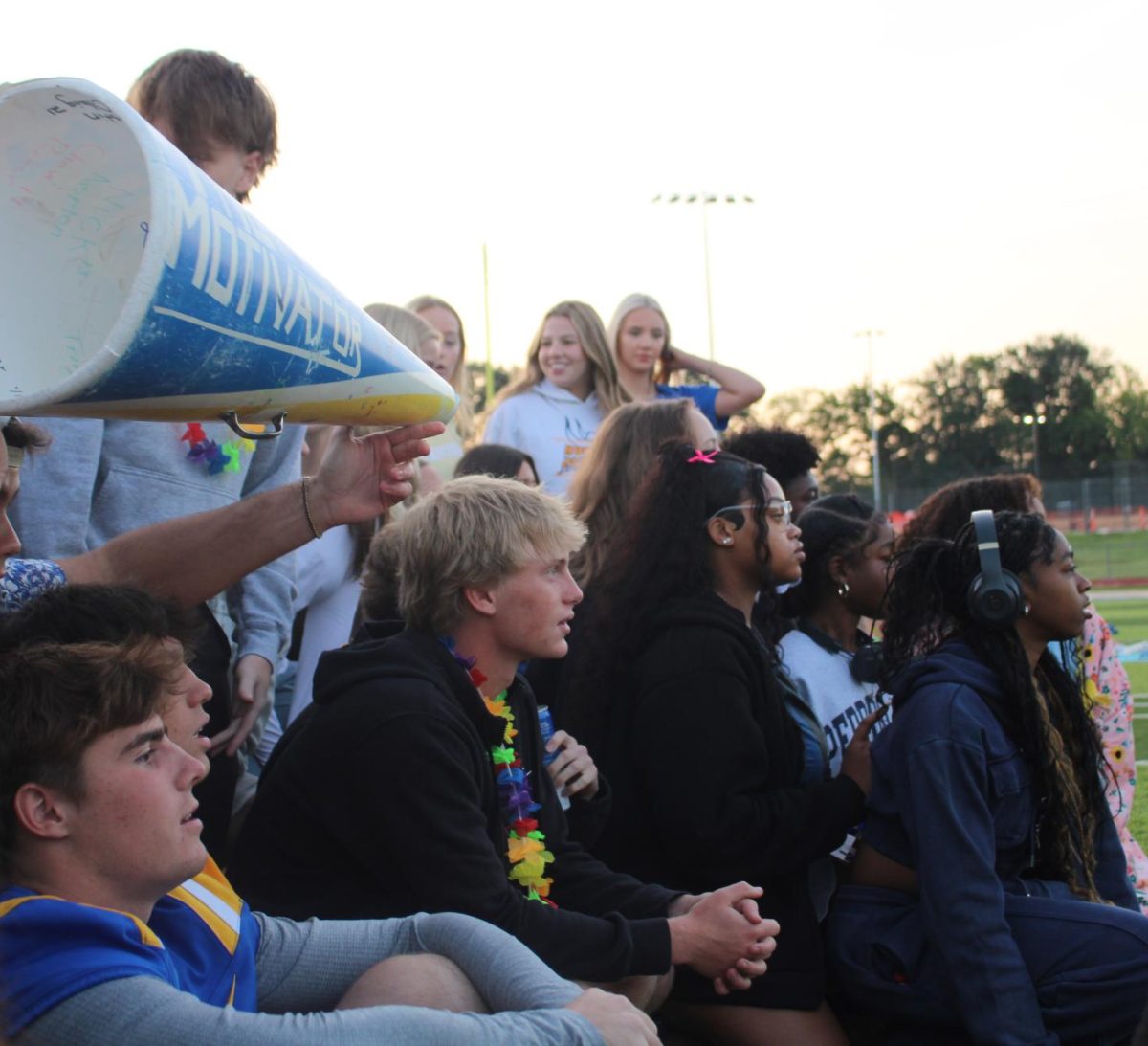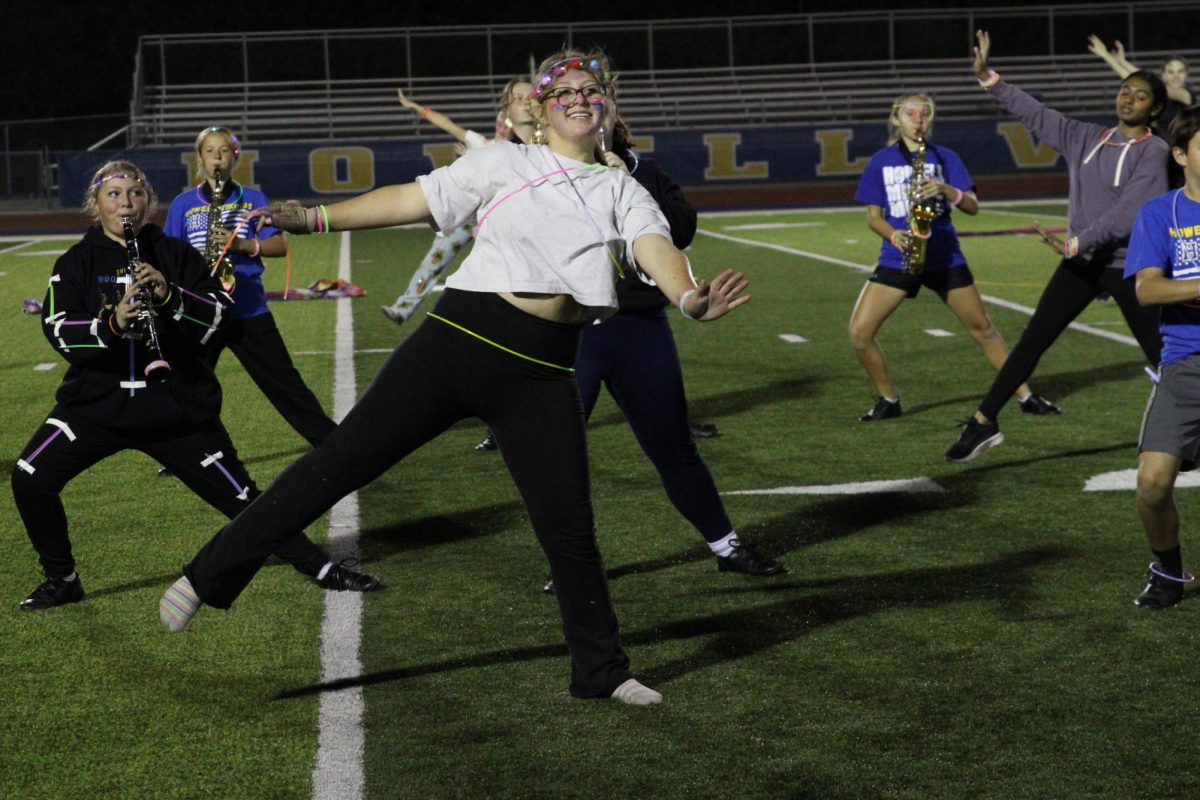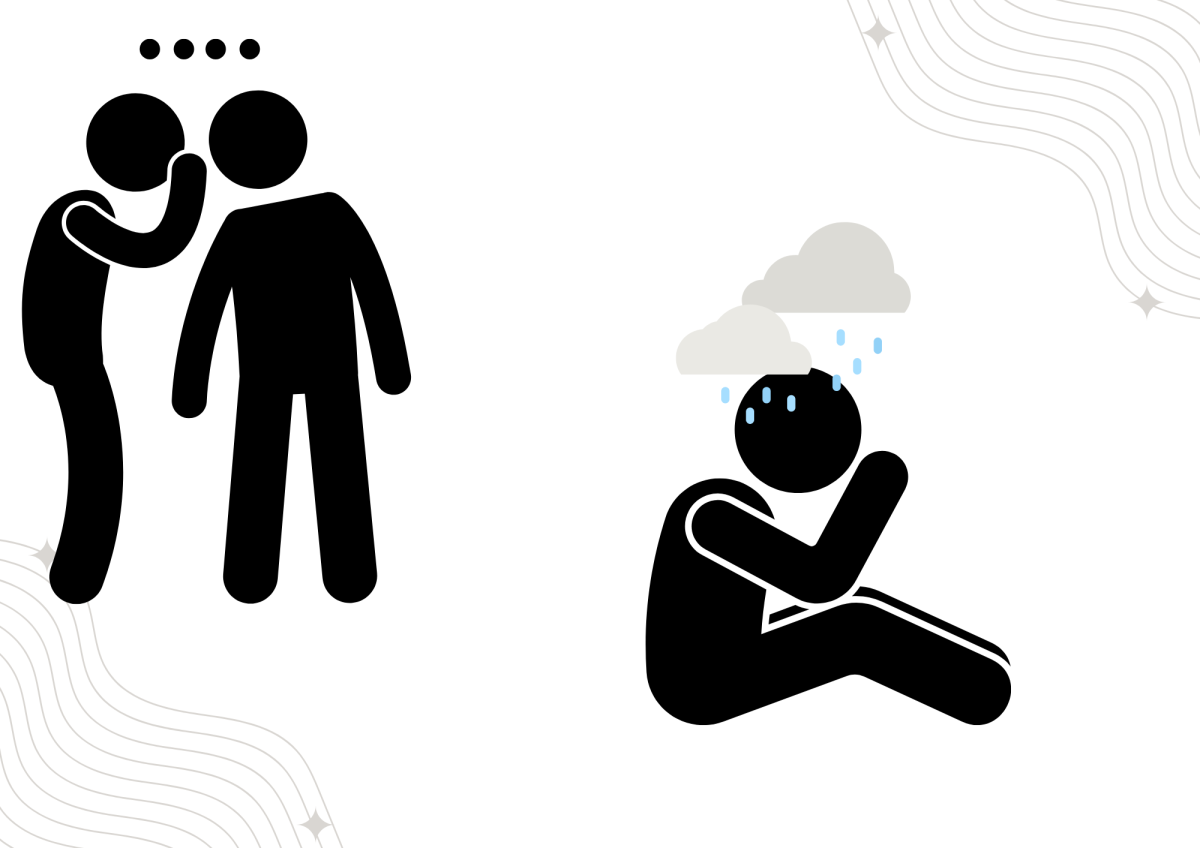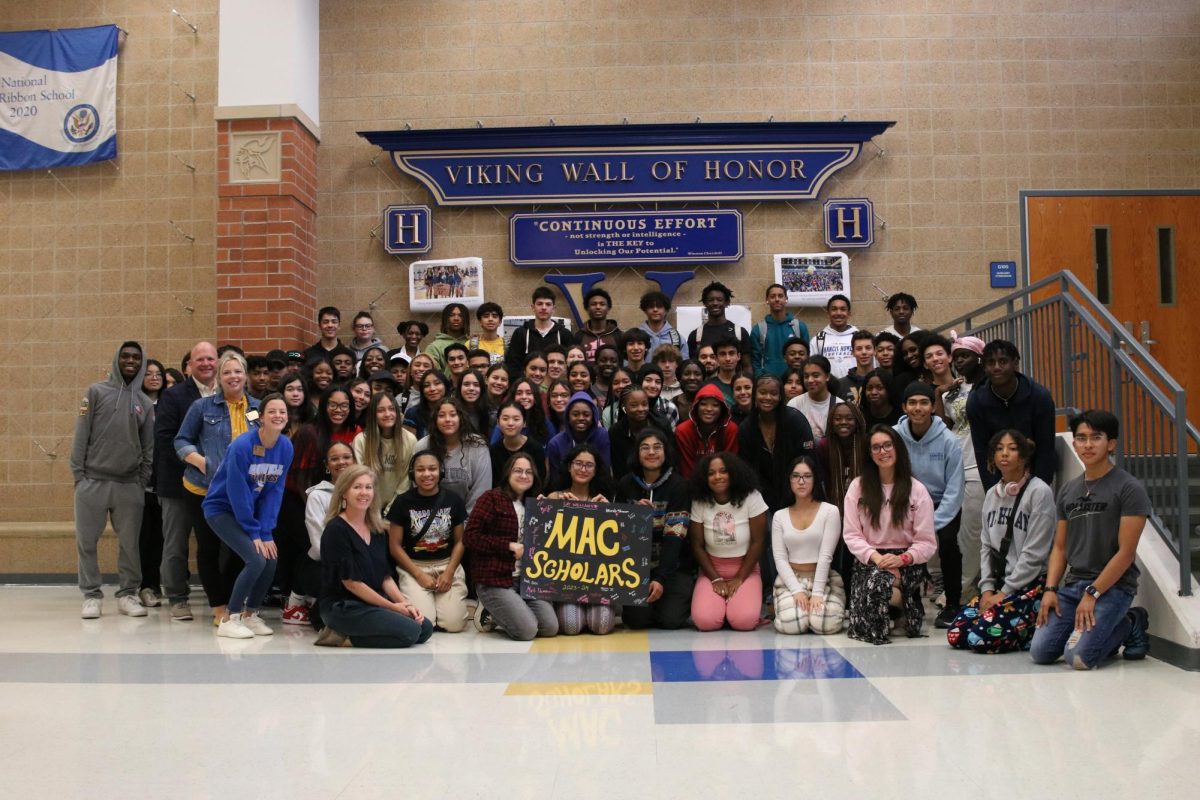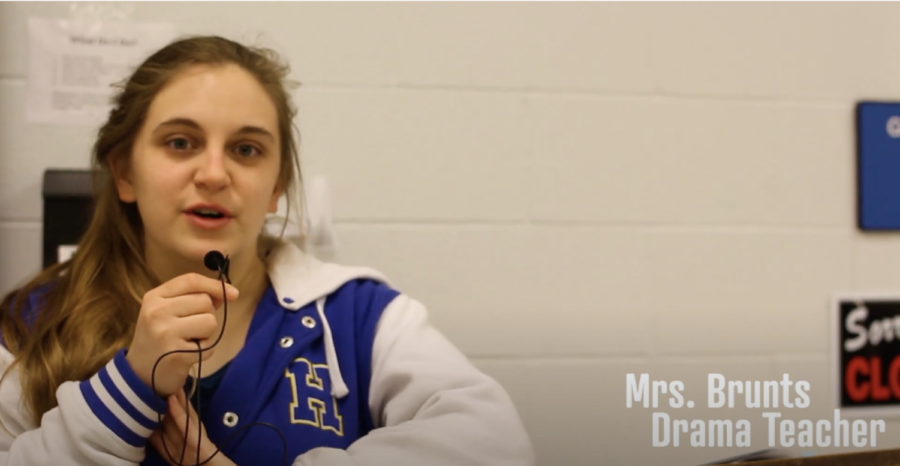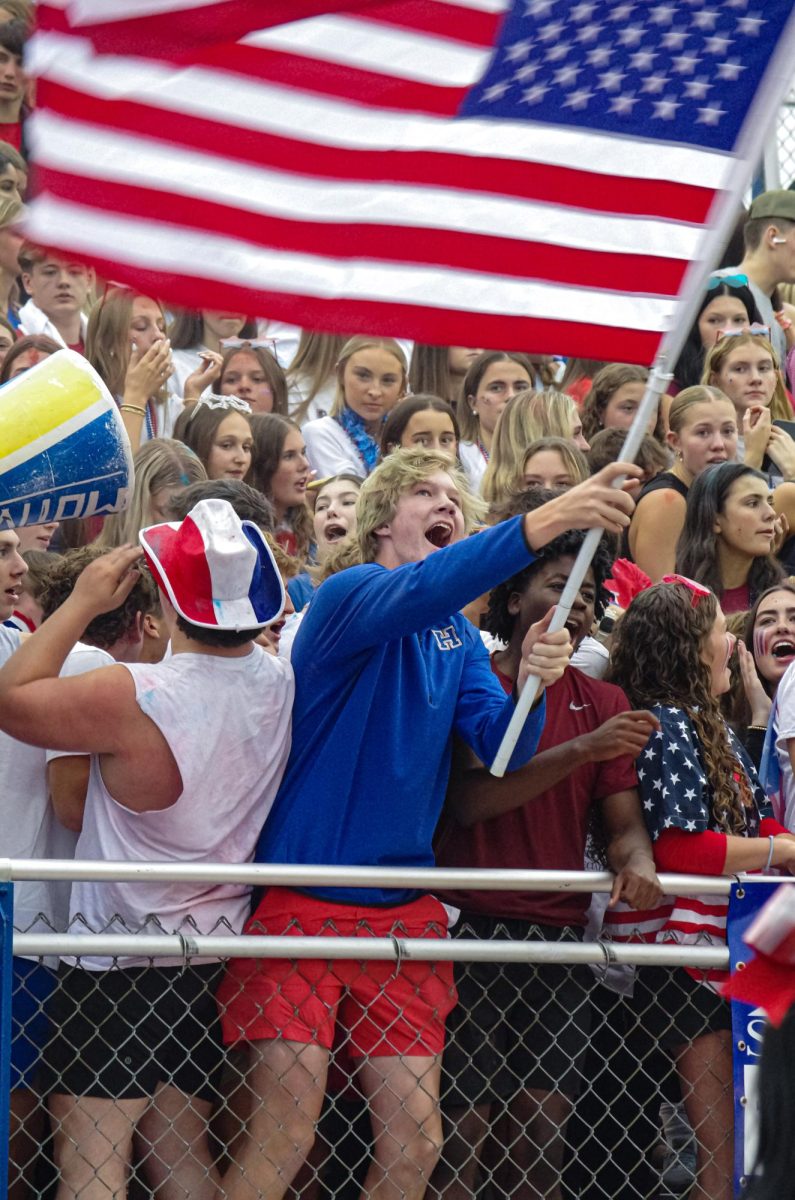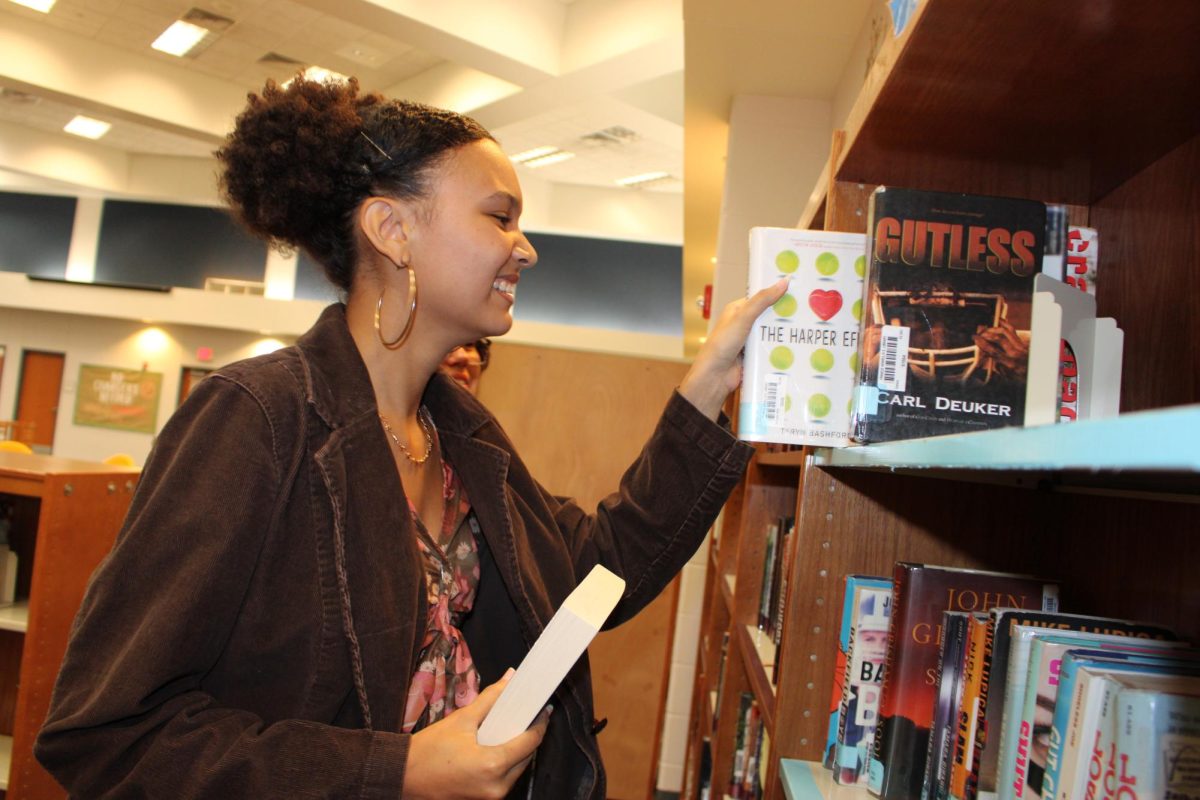“With liberty and justice for all.” This is the ending of the Pledge of Allegiance, a pledge students at Howell recite every single morning. A pledge thousands of students at schools all over the country can say by heart. A pledge seniors have said since kindergarten, reciting these words thousands of times throughout their 13 years of schooling. And yet, society is still trying to dictate who is included in the term “all.”
Nowhere was this made clearer than at the July 20 school board meeting when the board members voted 5-2 that not every student attending district schools should be included in the term “all.” The board members held an open meeting to discuss and vote on the sunsetting of all resolutions made by the prior board. While this would apply to any resolution, one in particular took the spotlight. In 2020, the Resolution In Response to Racism and Discrimination was passed in response to the death of George Floyd and the Black Lives Matter protests occuring around the country, including areas in St. Charles. This resolution states the Francis Howell School District acknowledges the brutalities of racism and will stand firmly against any racist or discriminatory acts in order to create equality for all.
Critics of the resolution argued against its usefulness. At the July 20 meeting, treasurer Jane Puszkar said, “my thought on the policy is, what has it really done? How effective has it been? Show me proof.” Although there might not be data on how many people’s lives are impacted by such a resolution, it gives all people hope. It is a symbol to show the Howell community cares about standing against racism and making “all” students, faculty, and staff feel welcome. The school board has yet to examine any proof of the Pledge’s usefulness, a string of words said everyday by every Howell student. What proof is there that the Pledge increases patriotism? The Pledge, just like the resolution, is a rallying point and a symbol. Symbols can have value, even without data to support them. Unlike the Pledge, which over the course of a school year takes a few hours of time that could otherwise be spent on classroom instruction, the resolution takes no time at all. Like the Pledge, the resolution is a symbol that furthers an important societal goal.
The board attempted to justify its actions by claiming the wording of the resolution made it difficult to enforce. According to CNN, the board stated words like “diversity” and “equality” can mean a variety of different things to people and therefore they should get rid of the resolution entirely. This is simply five members of the board attempting to justify their own predetermined outcome. The whole premise of the resolution was to demonstrate to students, faculty, and staff of minority groups that the Howell community supports them. While not everyone agrees on the precise meanings of “diversity” and “equality,” everyone has a general understanding of these terms. This is no different than the Pledge. Not everyone will agree on the precise contours of “justice” and “equality,” but everyone has a general understanding. Unsurprisingly, the Board is not seeking to strike the Pledge. The reason why the school board acted against the resolution is because of local politics, not because of poorly defined terms.
This is not to hate on The Pledge, nor say the school board has any power over the reciting of The Pledge. However, The Pledge does not receive the same amount of societal backlash or critique as the resolution has.


